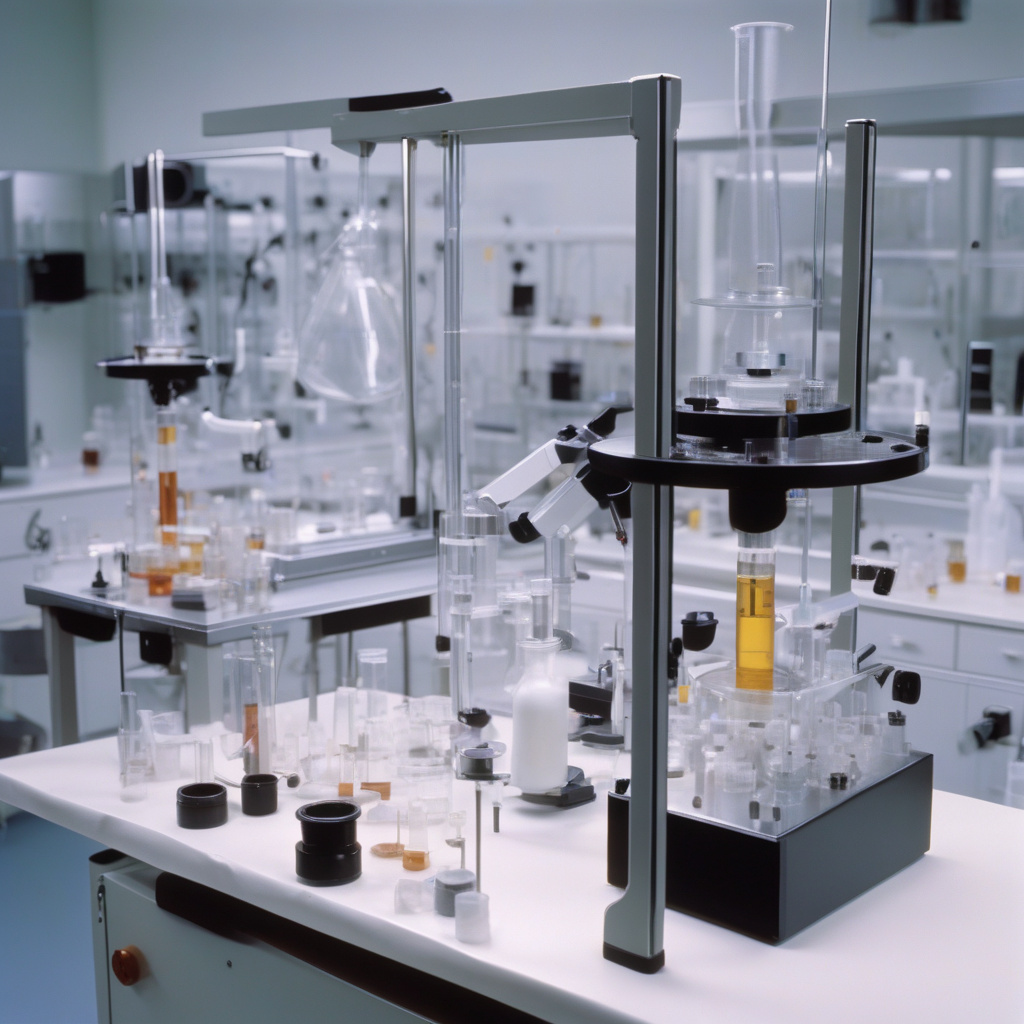New Self-Healing Plastic Outperforms Steel in Strength Tests
Scientists in the US have designed a carbon-fiber plastic composite that not only heals itself but also surpasses steel in strength tests. This groundbreaking innovation is set to revolutionize industries that rely on durable materials, offering a cost-effective and sustainable alternative to traditional steel components.
The self-healing plastic is a result of extensive research and experimentation in the field of materials science. By incorporating carbon fibers into a plastic matrix, researchers were able to create a composite material that can autonomously repair damage inflicted on it. This remarkable ability means that minor cracks and fractures in the plastic can be fixed without any external intervention, ensuring the longevity and reliability of the material.
In comparative strength tests, the self-healing plastic demonstrated superior performance to steel, a material long revered for its strength and durability. This development opens up a multitude of possibilities for industries such as automotive, aerospace, and construction, where strong and resilient materials are of utmost importance.
One of the key advantages of the self-healing plastic is its lightweight nature. Unlike steel, which is heavy and can impact fuel efficiency in vehicles, the carbon-fiber plastic composite offers a high strength-to-weight ratio, making it an attractive choice for applications where weight savings are critical.
Moreover, the sustainability factor of the self-healing plastic cannot be overlooked. As industries worldwide strive to reduce their environmental impact, the use of recyclable and self-repairing materials becomes increasingly essential. By opting for this innovative plastic composite, companies can contribute to a greener future while maintaining high performance standards.
The automotive industry, in particular, stands to benefit significantly from this new material. Vehicle components made from the self-healing plastic could potentially reduce maintenance costs and increase the lifespan of cars, leading to a more sustainable and cost-effective transportation sector.
In the aerospace sector, where lightweight materials are paramount for fuel efficiency and performance, the self-healing plastic could pave the way for the development of stronger and more durable aircraft components. This, in turn, could enhance safety standards and potentially lower maintenance requirements, resulting in overall cost savings for airlines and manufacturers.
As with any groundbreaking innovation, the widespread adoption of the self-healing plastic may take time. Industries accustomed to traditional materials like steel will need to conduct thorough testing and evaluation to ensure the reliability and performance of the new composite. However, the long-term benefits of this advanced material far outweigh any initial hesitations, offering a glimpse into a future where self-repairing materials are the norm rather than the exception.
In conclusion, the development of a self-healing plastic that outperforms steel in strength tests marks a significant milestone in materials science and engineering. With its unique combination of strength, durability, and sustainability, this innovative composite has the potential to transform multiple industries and pave the way for a more efficient and environmentally friendly future.
self-healing, plastic composite, strength tests, sustainability, industries












